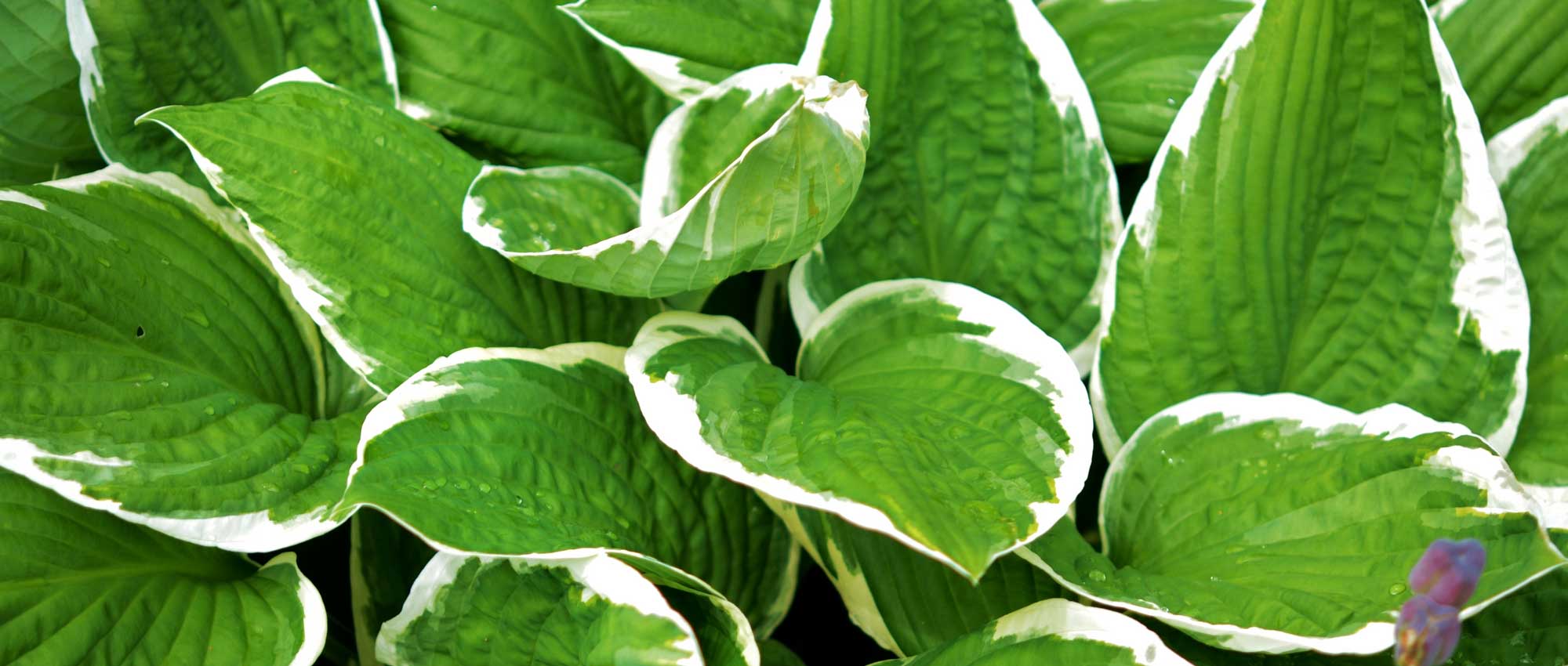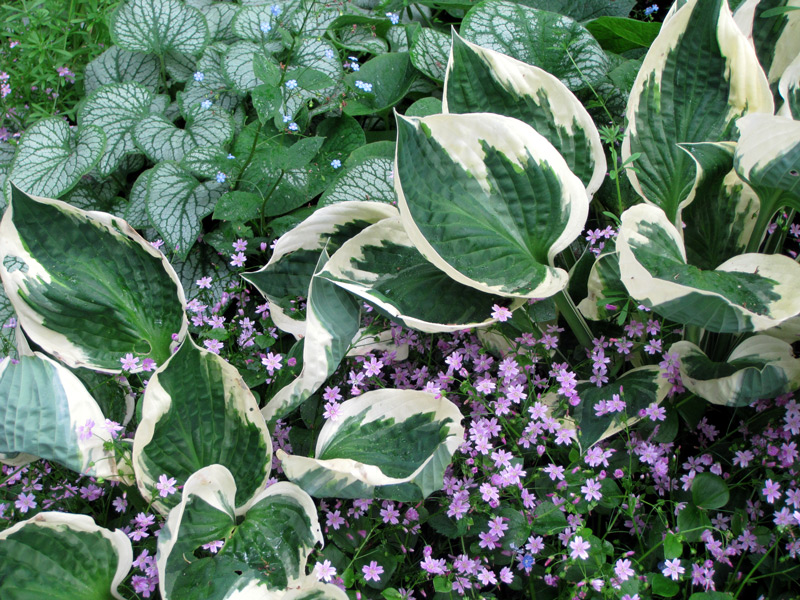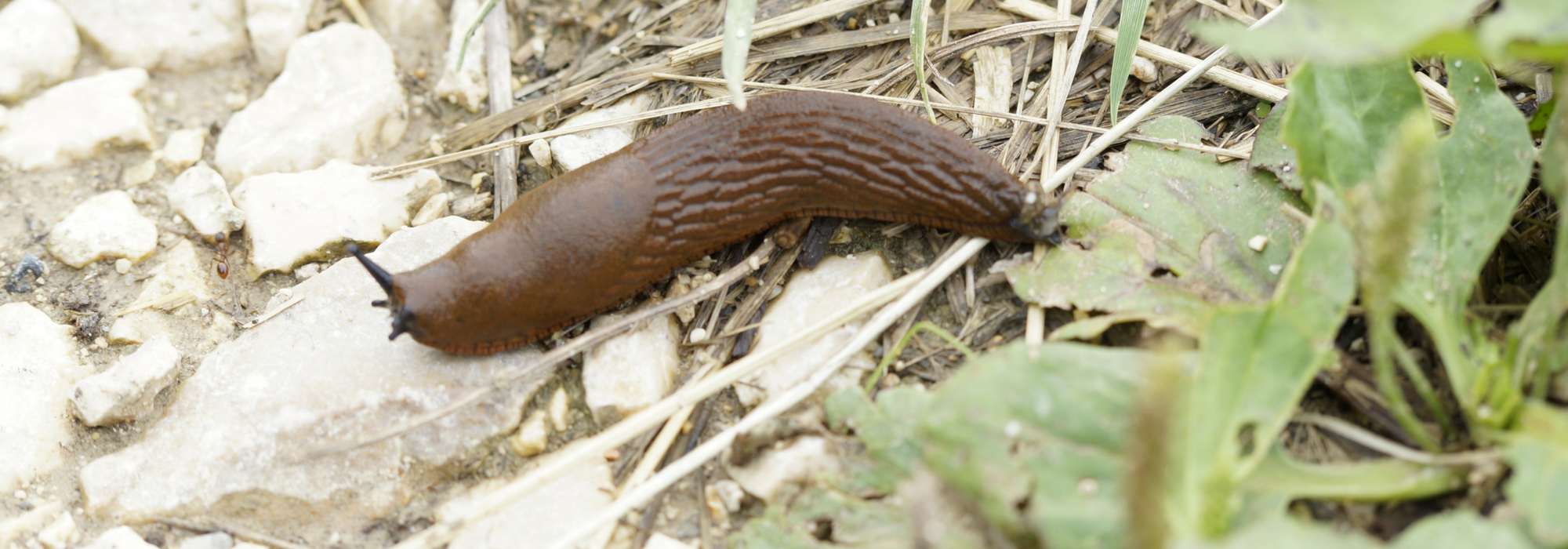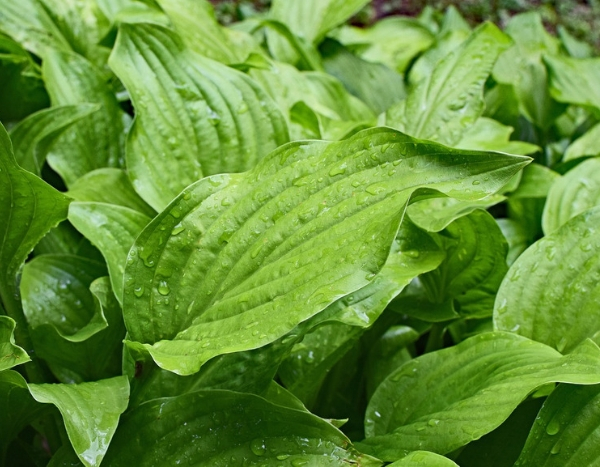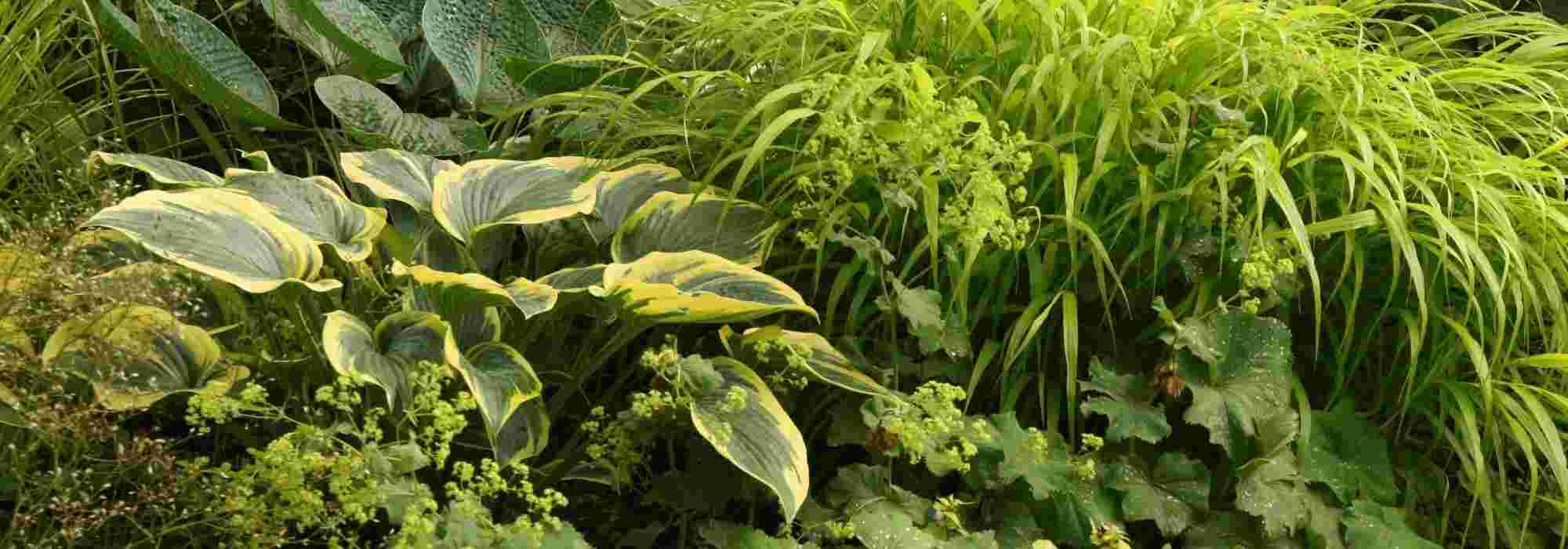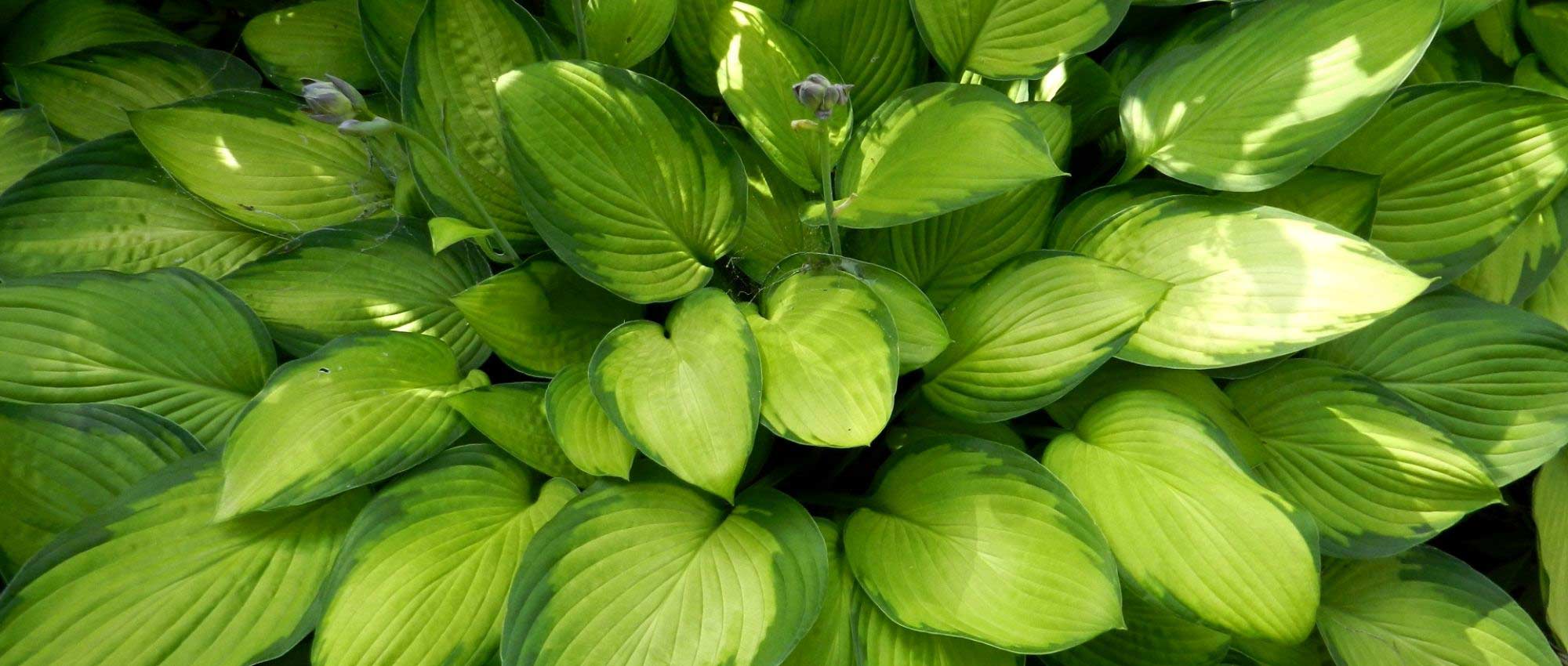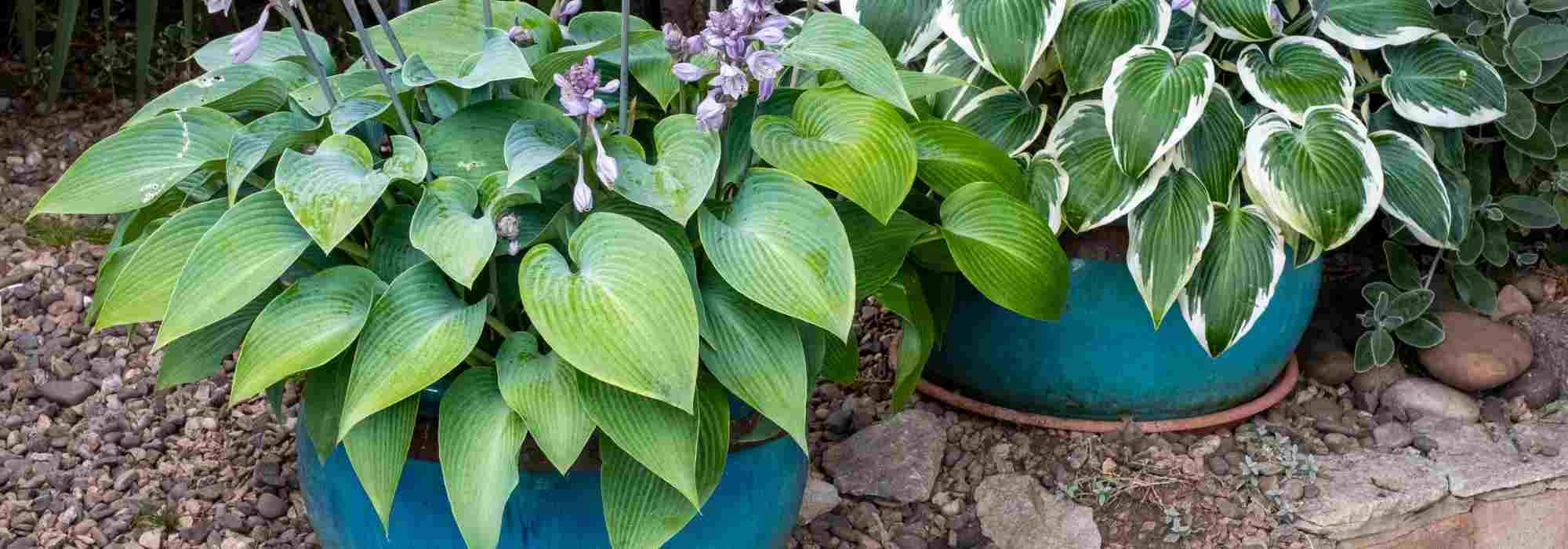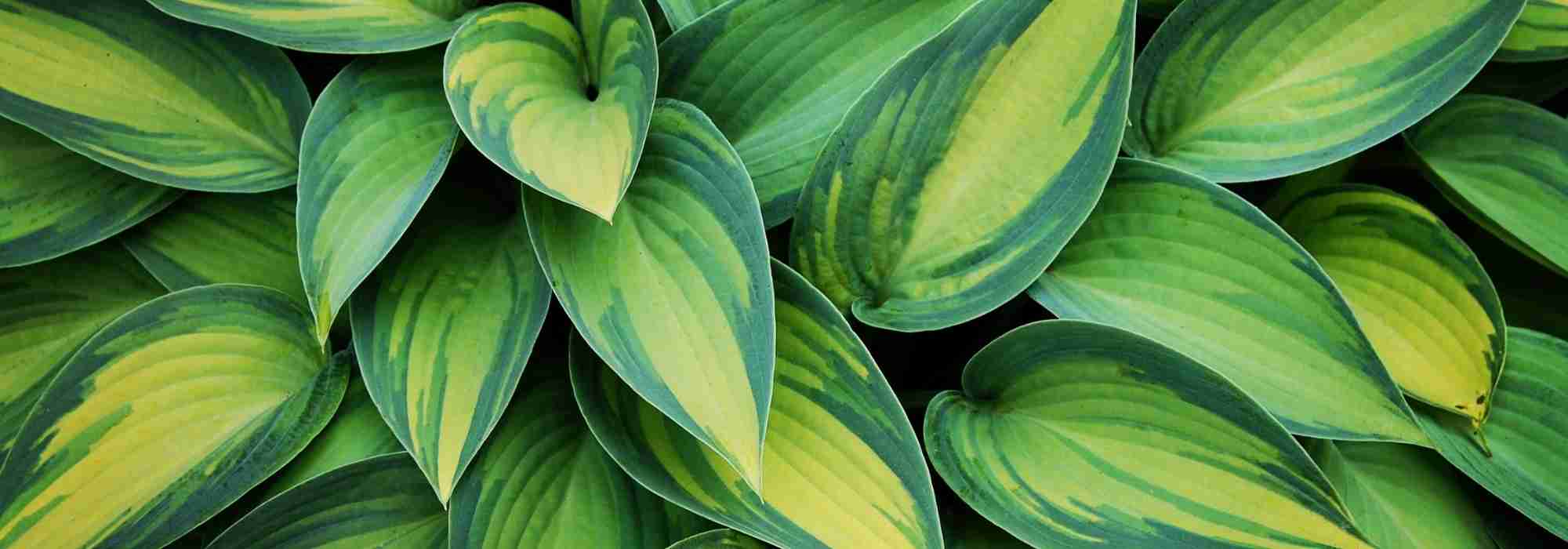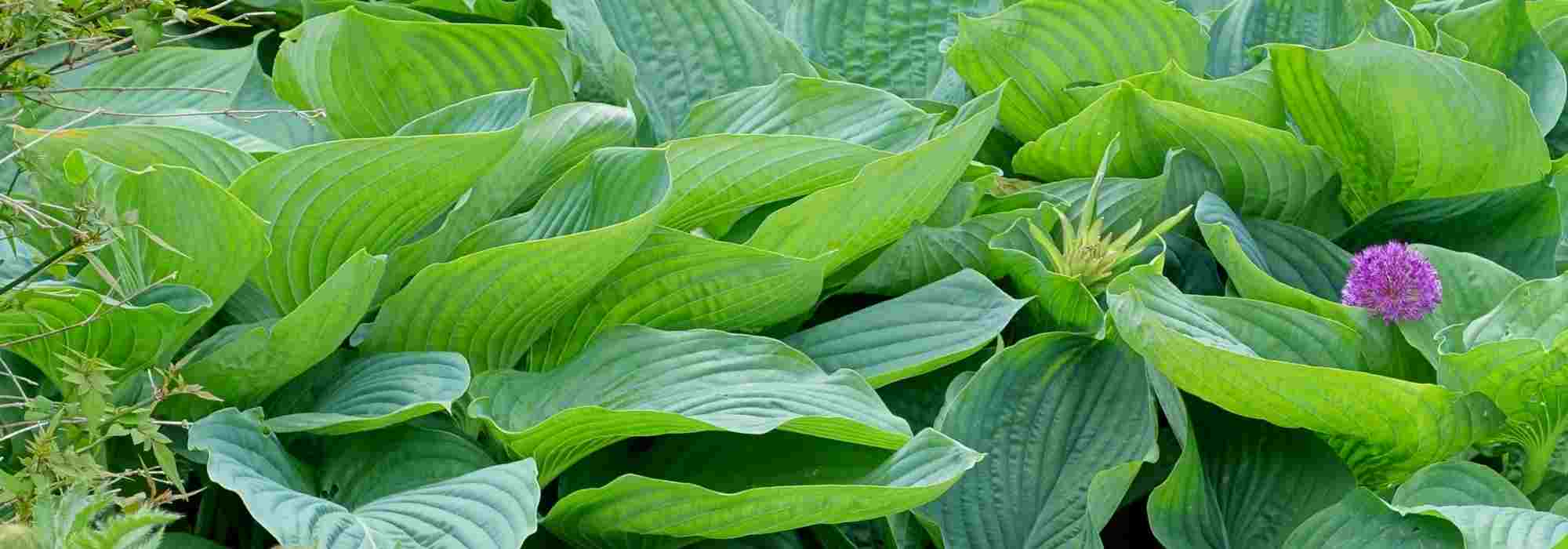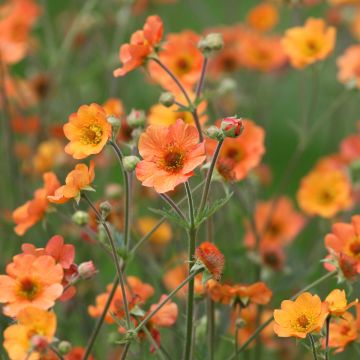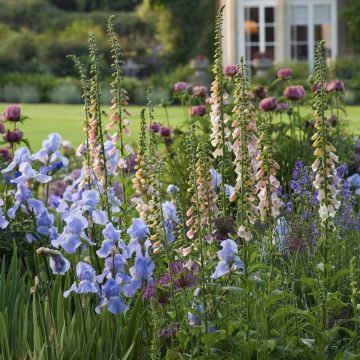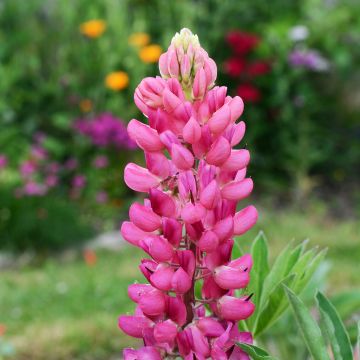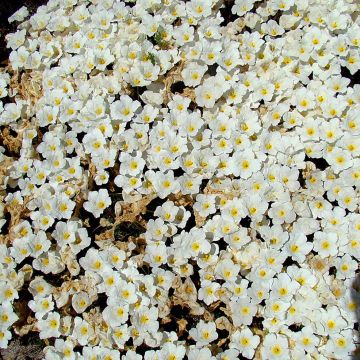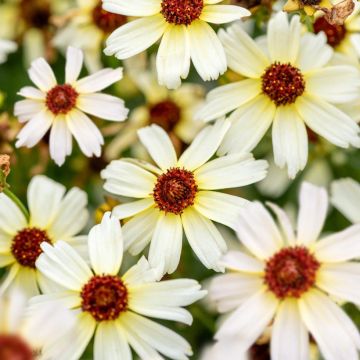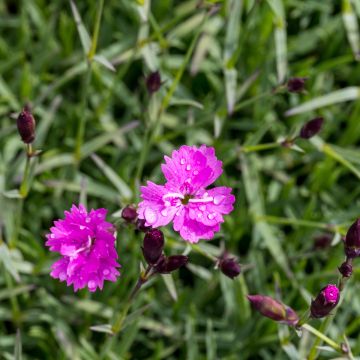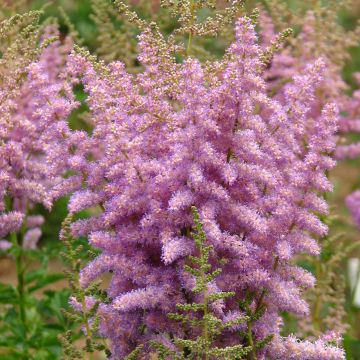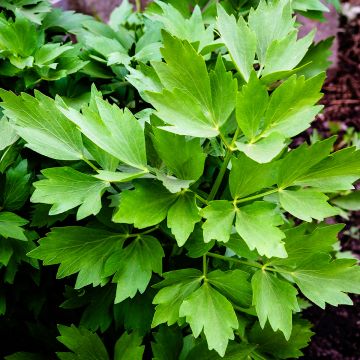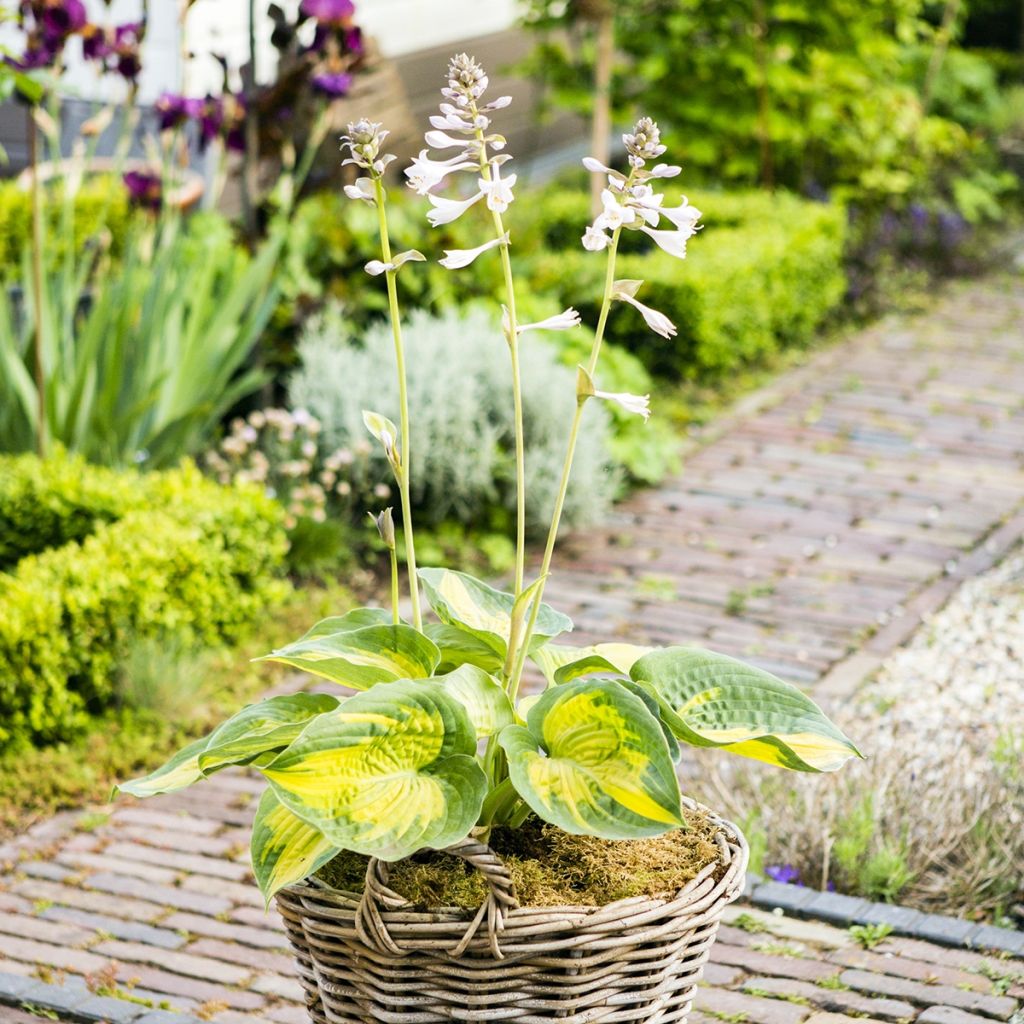

Hosta Alligator Alley
Hosta Alligator Alley
Hosta Alligator Alley
Plantain Lily, Funkia
Special offer!
Receive a €20 voucher for any order over €90 (excluding delivery costs, credit notes, and plastic-free options)!
1- Add your favorite plants to your cart.
2- Once you have reached €90, confirm your order (you can even choose the delivery date!).
3- As soon as your order is shipped, you will receive an email containing your voucher code, valid for 3 months (90 days).
Your voucher is unique and can only be used once, for any order with a minimum value of €20, excluding delivery costs.
Can be combined with other current offers, non-divisible and non-refundable.
Home or relay delivery (depending on size and destination)
Schedule delivery date,
and select date in basket
This plant carries a 12 months recovery warranty
More information
We guarantee the quality of our plants for a full growing cycle, and will replace at our expense any plant that fails to recover under normal climatic and planting conditions.

Would this plant suit my garden?
Set up your Plantfit profile →
Description
The Hosta 'Alligator Alley' is a variety of beautiful stature that does not go unnoticed in the garden. Its thick and leathery leaves have a wavy texture and are magnificently variegated. They feature a flamed cream centre that turns bright yellow in summer and are irregularly margined with dark green-blue. Above the vegetation, almost white flower stalks stand tall and erect. Like all hostas, this cultivar thrives in partial shade, in soil that remains moist in summer.
The Hosta 'Alligator Alley' is a seedling of the variety 'Dick Ward' that was selected in the U.S.A by Walters Garden. The Hosta, or Funkia, is a deciduous perennial that emerges from the ground in spring. It belongs to the asparagus family. With vigorous growth, the Hosta 'Alligator Alley' forms a large clump of leaves, reaching 50 cm (20in) in height and 90 cm (35in) in spread. It is a plant with a good longevity that bears thick, ovate leaves with cordate bases, strongly wavy, smooth margins, and pointed tips. Its lamina is traversed by 12 pairs of deep veins. From the heart of its variegated foliage, flower stalks measuring approximately 70 cm (28in) in height emerge in July-August, bearing racemes of bell-shaped, non-fragrant flowers. Pale lavender when in bud, they become white when fully open.
Hostas thrive in moist, well-drained, and rich soils. These plants dislike drought and scorching exposures. A location exposed to afternoon sun should be avoided, as it can burn the leaves of these perennials. With their generous and decorative foliage, hostas are perfect as ground cover, in borders, or in shaded to semi-shaded beds. Combine hostas with each other, associate them with ferns, Solomon's seal, and other low-growing ground cover perennials such as creeping bugles and dead nettles. This way, you will enhance shaded and slightly damp areas of the garden, creating a pleasant haven of freshness for the summer. Hostas also thrive in pots, which should be placed in partial shade and watered regularly. Around a pond, plant them with bistorts, sedges, and astilbes.
Did you know? Most species commonly found in Western gardens were introduced from Japan. Hostas are edible and are called urui in Japan, where they are commonly consumed.
Hosta Alligator Alley in pictures
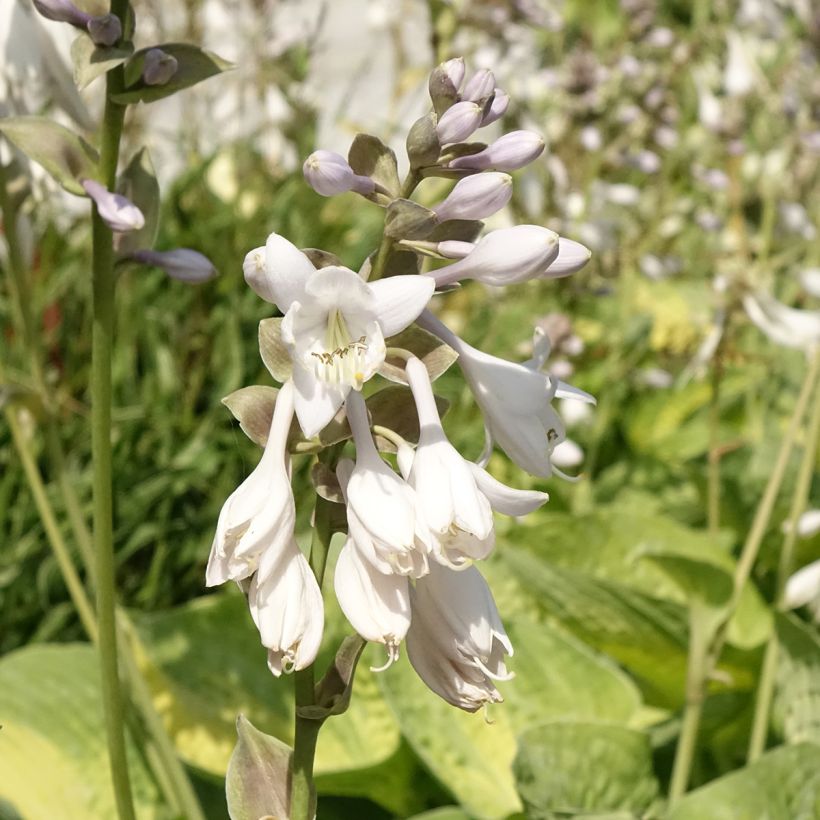

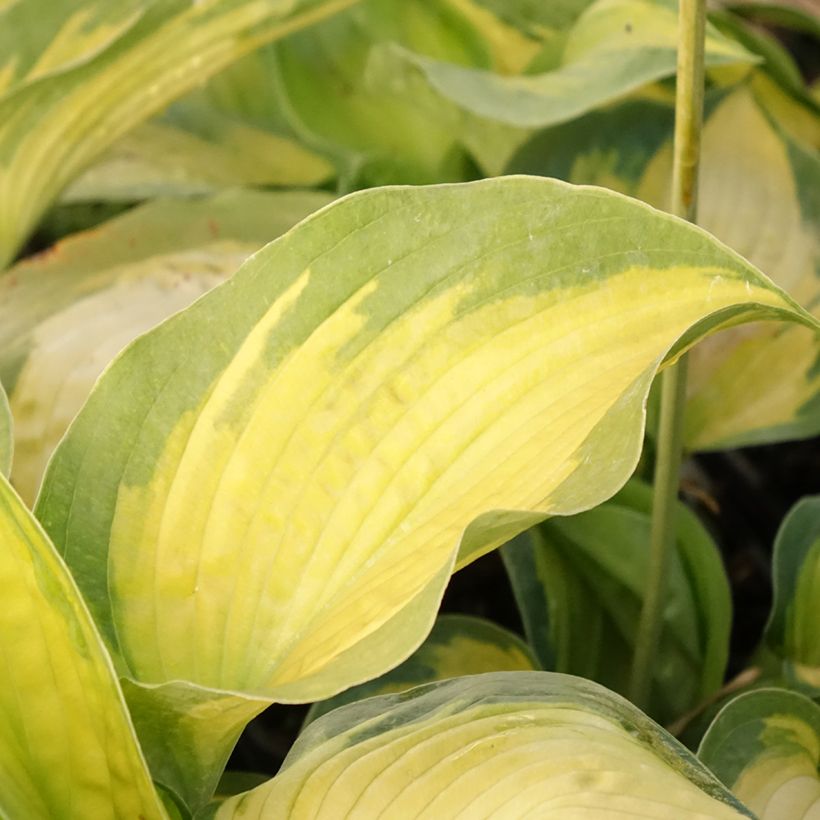

Flowering
Foliage
Plant habit
Botanical data
Hosta
Alligator Alley
Liliaceae - Hostaceae
Plantain Lily, Funkia
Cultivar or hybrid
Planting and care
Hostas are planted in spring or autumn. Hostas prefer a deep, rich, humus-bearing, loose soil, preferably neutral to acidic (at least poor in limestone), moist to wet throughout the year. Install them in partial shade or dappled shade and in a position sheltered from strong winds.
Prepare a planting hole of 20 cm (8in) x 20 cm (8in) x 20 cm (8in). If your soil is heavy, mix half potting soil with crumbled soil, partially fill the hole and place your plant so that the top of the root ball is covered with 3 cm (1in) of soil. Adding a basal fertiliser (dehydrated blood, horn powder) will nourish your plant during its rooting period without the risk of burning. Make sure to position the collar well above ground level. Firm the soil and water generously to eliminate air pockets. If the weather is dry, regular watering for a few weeks will facilitate the establishment of your plant. Also water regularly in case of a dry summer.
With their common preference for moist places, slugs and snails never stay far from hostas. Even though blue or variegated hostas often have thicker and tougher foliage, which is less appetising to slugs, these plants must be protected from gastropods. Protect your Hostas by surrounding them with ferramol-based granules (approved in Organic Agriculture), eggshells, coffee grounds, mulch, or any dry and rough natural substance that repels them. Hedgehogs are the gardeners' best allies in the fight against gastropods because, unlike chickens, they do not till the soil and do not attack the young plants' green shoots. Finally, some plants have a repulsive odour for slugs, such as wormwood and garlic.
Planting period
Intended location
Care
Planting & care advice
This item has not been reviewed yet - be the first to leave a review about it.
Similar products
Haven't found what you were looking for?
Hardiness is the lowest winter temperature a plant can endure without suffering serious damage or even dying. However, hardiness is affected by location (a sheltered area, such as a patio), protection (winter cover) and soil type (hardiness is improved by well-drained soil).

Photo Sharing Terms & Conditions
In order to encourage gardeners to interact and share their experiences, Promesse de fleurs offers various media enabling content to be uploaded onto its Site - in particular via the ‘Photo sharing’ module.
The User agrees to refrain from:
- Posting any content that is illegal, prejudicial, insulting, racist, inciteful to hatred, revisionist, contrary to public decency, that infringes on privacy or on the privacy rights of third parties, in particular the publicity rights of persons and goods, intellectual property rights, or the right to privacy.
- Submitting content on behalf of a third party;
- Impersonate the identity of a third party and/or publish any personal information about a third party;
In general, the User undertakes to refrain from any unethical behaviour.
All Content (in particular text, comments, files, images, photos, videos, creative works, etc.), which may be subject to property or intellectual property rights, image or other private rights, shall remain the property of the User, subject to the limited rights granted by the terms of the licence granted by Promesse de fleurs as stated below. Users are at liberty to publish or not to publish such Content on the Site, notably via the ‘Photo Sharing’ facility, and accept that this Content shall be made public and freely accessible, notably on the Internet.
Users further acknowledge, undertake to have ,and guarantee that they hold all necessary rights and permissions to publish such material on the Site, in particular with regard to the legislation in force pertaining to any privacy, property, intellectual property, image, or contractual rights, or rights of any other nature. By publishing such Content on the Site, Users acknowledge accepting full liability as publishers of the Content within the meaning of the law, and grant Promesse de fleurs, free of charge, an inclusive, worldwide licence for the said Content for the entire duration of its publication, including all reproduction, representation, up/downloading, displaying, performing, transmission, and storage rights.
Users also grant permission for their name to be linked to the Content and accept that this link may not always be made available.
By engaging in posting material, Users consent to their Content becoming automatically accessible on the Internet, in particular on other sites and/or blogs and/or web pages of the Promesse de fleurs site, including in particular social pages and the Promesse de fleurs catalogue.
Users may secure the removal of entrusted content free of charge by issuing a simple request via our contact form.
The flowering period indicated on our website applies to countries and regions located in USDA zone 8 (France, the United Kingdom, Ireland, the Netherlands, etc.)
It will vary according to where you live:
- In zones 9 to 10 (Italy, Spain, Greece, etc.), flowering will occur about 2 to 4 weeks earlier.
- In zones 6 to 7 (Germany, Poland, Slovenia, and lower mountainous regions), flowering will be delayed by 2 to 3 weeks.
- In zone 5 (Central Europe, Scandinavia), blooming will be delayed by 3 to 5 weeks.
In temperate climates, pruning of spring-flowering shrubs (forsythia, spireas, etc.) should be done just after flowering.
Pruning of summer-flowering shrubs (Indian Lilac, Perovskia, etc.) can be done in winter or spring.
In cold regions as well as with frost-sensitive plants, avoid pruning too early when severe frosts may still occur.
The planting period indicated on our website applies to countries and regions located in USDA zone 8 (France, United Kingdom, Ireland, Netherlands).
It will vary according to where you live:
- In Mediterranean zones (Marseille, Madrid, Milan, etc.), autumn and winter are the best planting periods.
- In continental zones (Strasbourg, Munich, Vienna, etc.), delay planting by 2 to 3 weeks in spring and bring it forward by 2 to 4 weeks in autumn.
- In mountainous regions (the Alps, Pyrenees, Carpathians, etc.), it is best to plant in late spring (May-June) or late summer (August-September).
The harvesting period indicated on our website applies to countries and regions in USDA zone 8 (France, England, Ireland, the Netherlands).
In colder areas (Scandinavia, Poland, Austria...) fruit and vegetable harvests are likely to be delayed by 3-4 weeks.
In warmer areas (Italy, Spain, Greece, etc.), harvesting will probably take place earlier, depending on weather conditions.
The sowing periods indicated on our website apply to countries and regions within USDA Zone 8 (France, UK, Ireland, Netherlands).
In colder areas (Scandinavia, Poland, Austria...), delay any outdoor sowing by 3-4 weeks, or sow under glass.
In warmer climes (Italy, Spain, Greece, etc.), bring outdoor sowing forward by a few weeks.






























